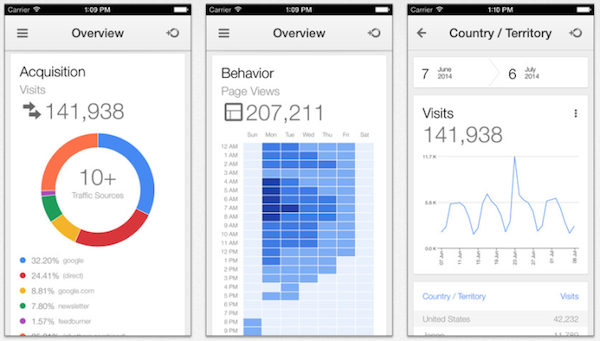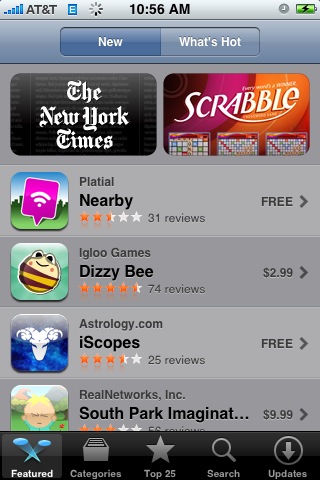
While apps have become the hottest trend for smartphones, the market for apps can be incredibly competitive and hard to break through. Mobile users have limited space on their phone for apps, so they can be hesitant to try out new apps, especially if they are new or relatively-unknown. Even when users do download apps, they often only use it once and forget about it.
Now, Google has launched a new service to let users try out any app they want without having to use up their precious hard drive space. The company has launched a new streaming mobile ad feature that allows users to access a short 60-second or less version of the app that responds just like the full app.
Sissie Hsiao, Google’s head of product for mobile ads, says the goals of this new feature is to help app developers connect with the right users. In a statement to TechCrunch, she explained:
“You can buy ads, you can get apps installed. But a lot of apps are used once or they’re never used, even after they’re installed. We found that 1 in 4 apps is never even used, and there’s often this ‘try once’ experience, and then [the app is] never used again.”
The new streaming mobile ads, called “Trial Runs” allow users to try the app without downloading, which will hopefully help limit the number of “one and done” app downloads. Instead, it will motivate developers to focus on targeting a more refined audience who will be more likely to gully engage with the app.
The new feature is currently available to a limited number of testers, with no word of when to expect a full rollout.


 Last night, an anonymous person claiming to have worked for the Google AdSense department “for several years” posted a statement titled “
Last night, an anonymous person claiming to have worked for the Google AdSense department “for several years” posted a statement titled “




